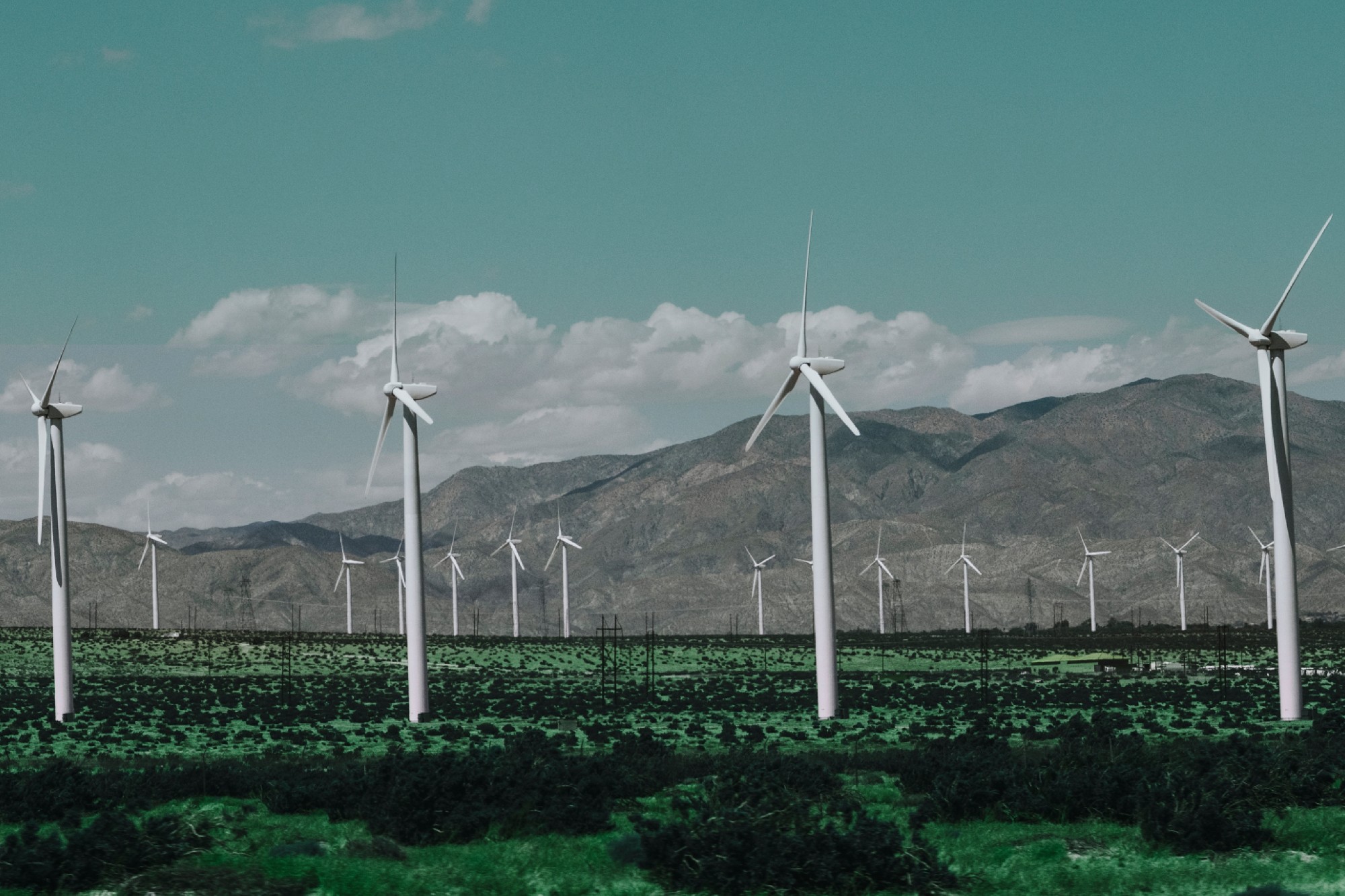India reaches 50% non-fossil power capacity ahead of 2030 target
By Staff Report July 15, 2025 12:17 pm IST
By Staff Report July 15, 2025 12:17 pm IST

India has achieved 50 percent of its installed electricity capacity from non-fossil fuel sources five years ahead of the target set under its Nationally Determined Contributions (NDCs) to the Paris Agreement. This achievement is a testament to the country’s commitment to climate action and sustainable development as well as its clean energy transition.
India has achieved a landmark in its energy transition journey by reaching 50 percent of its installed electricity capacity from non-fossil fuel sources five years ahead of the target set under its Nationally Determined Contributions (NDCs) to the Paris Agreement. This major victory underscores the country’s steadfast commitment to climate action and sustainable development and signals that India’s clean energy transition is real and accelerating under the leadership of the prime minister.
Union Minister of New and Renewable Energy Pralhad Joshi said, “In a world seeking climate solutions, India is showing the way. Achieving 50 percent non-fossil fuel capacity five years ahead of the 2030 target is a proud moment for every Indian. The prime minister’s leadership continues to drive Bharat’s green transformation, paving the path towards a self-reliant and sustainable future.”
Policy-driven progress fuelling clean energy growth
This achievement reflects the success of visionary policy design, bold implementation, and the country’s deep commitment to equity and climate responsibility. Flagship programs such as PM-KUSUM, PM Surya Ghar: Muft Bijli Yojana, solar park development, and the National Wind-Solar Hybrid Policy have laid a strong foundation for this transformation. The bioenergy sector, which was once on the margins, has now become an important contributor to rural livelihoods and clean energy generation.
The Pradhan Mantri Kisan Urja Suraksha evam Utthaan Mahabhiyan (PM-KUSUM) has empowered lakhs of farmers by providing solar-powered pumps, enabling energy-secure and sustainable agriculture. The scheme opened avenues for agrivoltaics and feeder-level solarisation. The PM Surya Ghar scheme, launched in 2024, has brought about a rooftop revolution by making solar energy accessible to one crore households, fostering decentralised energy generation, and empowering citizens as energy owners.
Expanding the renewable base with co-benefits
Solar parks across the country have facilitated utility-scale renewable energy installations at record-low tariffs. Wind energy, particularly in states such as Gujarat and Tamil Nadu, continues to play a vital role in meeting the country’s evening peak power demand. The bioenergy sector has advanced considerably, contributing to circular economy objectives and providing significant employment opportunities in rural areas.
These initiatives have decarbonised the power sector but have also delivered widespread co-benefits, enhanced energy access, employment generation, reduced air pollution, better public health outcomes, and stronger rural incomes. India’s clean energy revolution is as much about inclusive growth and social justice as it is about reducing emissions.
India’s global leadership in climate action
India’s progress assumes greater significance in the global context. Despite having one of the lowest per capita emissions globally, India remains among the few G20 countries that are on track to meet or even exceed their NDC commitments. At international platforms such as the G20 and the Conference of Parties (COP) to the United Nations Framework Convention on Climate Change, India has consistently advocated for climate equity, sustainable lifestyles, and low-carbon development pathways.
By achieving the 50 percent non-fossil milestone well ahead of schedule, India further reinforces its leadership as a clean energy frontrunner, demonstrating that economic growth and environmental stewardship can go hand in hand.Towards a modern, inclusive energy future
This early achievement provides an opportunity to aim higher. The next phase of India’s energy transition should focus on ensuring quality, equity, and resilience in access to clean energy. Key focus areas include doubling per capita clean electricity consumption, especially in rural and underserved regions, by promoting distributed renewable systems and energy-efficient appliances. There is a need to build a robust, digitally integrated electricity grid that can effectively manage high levels of renewable energy penetration, demand fluctuations, and two-way power flows.
Expanding the deployment of Battery Energy Storage Systems (BESS) and pumped hydro storage will be critical to ensure grid reliability and round-the-clock power availability. Simultaneously, promoting circularity in the lifecycle of solar panels, wind turbine blades, and batteries will support sustainable and responsible material use. Accelerated investments in green hydrogen as a future-ready industrial fuel will play a vital role in deepening decarbonisation across sectors.
AI and digitisation in renewable energy
Artificial Intelligence (AI) is set to emerge as the backbone of India’s future energy infrastructure. AI will play a central role in demand forecasting, predictive maintenance, automated grid management, and system efficiency enhancement. With AI-driven platforms, rooftop solar, electric vehicles, and smart meters will function within intelligent energy marketplaces, enabling consumers to become active energy producers, so-called prosumers.
At the same time, increased digitalisation brings new challenges. As the power sector becomes increasingly reliant on data and digital infrastructure, cybersecurity must be prioritised. Protecting critical infrastructure from cyber threats, data breaches, and algorithmic manipulation is integral to ensuring a secure and resilient energy system.
Road ahead
India’s achievement of 50 percent non-fossil fuel installed capacity ahead of the target year is a testament to its ambition, innovation, and commitment to sustainable development. It affirms that development and decarbonisation are not contradictory goals but can reinforce each other.
As the country moves toward the goal of 500 GW of non-fossil capacity by 2030 and net-zero emissions by 2070, the path forward must be bold, inclusive, and technology-driven. India has already lit the lamp. The time has now come to let it shine brighter for the nation and for the world.
We use cookies to personalize your experience. By continuing to visit this website you agree to our Terms & Conditions, Privacy Policy and Cookie Policy.